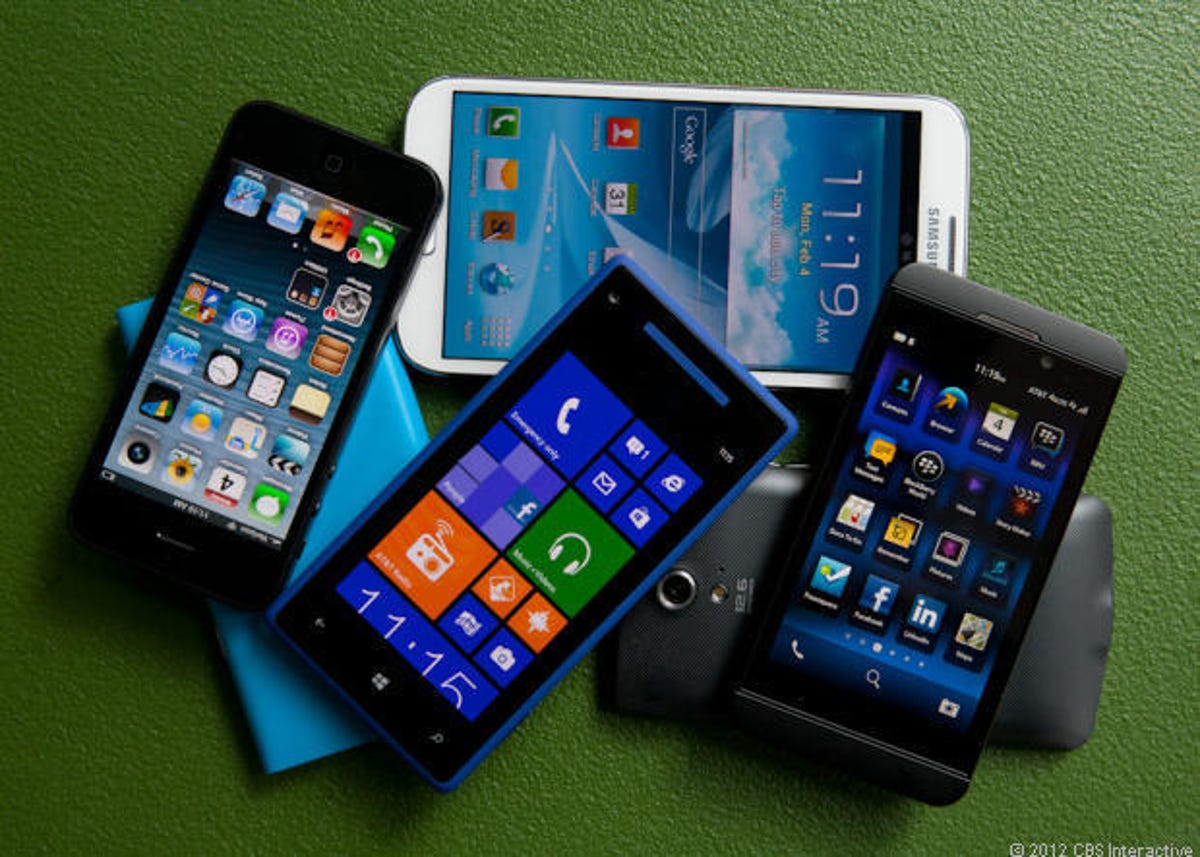
Josh Miller/CNET
For the first time, smartphone shipments have reached 1 billion. That probably means a lot of calling, texting, and app use. It also means a lot of phones being plugged into the grid and charging.
A new study by analyst Juniper Research found that smartphone charging could soon be a massive generator of carbon dioxide, which is one of the greenhouse gases thought to cause global warming. According to the study, greenhouse gas emissions from mobile devices will more than double within five years.
Related stories
- Apple praised, Amazon shamed in Greenpeace report on clean energy
- The environmental pitfalls at the end of an iPhone’s life
- Calculate your PC’s energy use
- SolePower charges smartphones by harnessing walking power
- Smartphone shipments hit the 1B mark for the first time
Currently, the world is generating 6.4 megatons of greenhouse gases from smartphone charging. By 2019, Juniper Research predicts, that amount will be more than 13 megatons. Those 13 megatons are equivalent to the current annual emissions of 1.1 million cars. Almost half of those 2019 greenhouse gases will come from coal-fired electricity grids that are mostly used in Asia, according to Juniper Research.
While Juniper Research is predicting 13 megatons of greenhouse gas emissions by 2019, smartphone makers could reduce that number by working to make their products greener and more energy efficient. Companies could also pressure energy suppliers to use more renewable energy, rather than coal and oil. Additionally, app makers could work to make their products more energy efficient to prolong phone battery life.
“Mobile device manufacturers have improved their own facilities’ environmental impacts to a great degree over the past few years, but they will have a huge impact if they consider sustainability at the design stage,” Juniper Research told CNET. “Vendor-specific emissions account for just 5 percent of the lifecycle emissions of a smartphone, whereas 86 percent comes from other pre-consumer sources. Our research shows that with increasing smartphone adoption by countries with emissions-intensive electricity grids, vendors must design phones to reduce both supply chain and user emissions if they are to counteract this increase in greenhouse gas emissions.”
Update, July 24 at 11:25 a.m. PT: Adds comment from Juniper Research.



